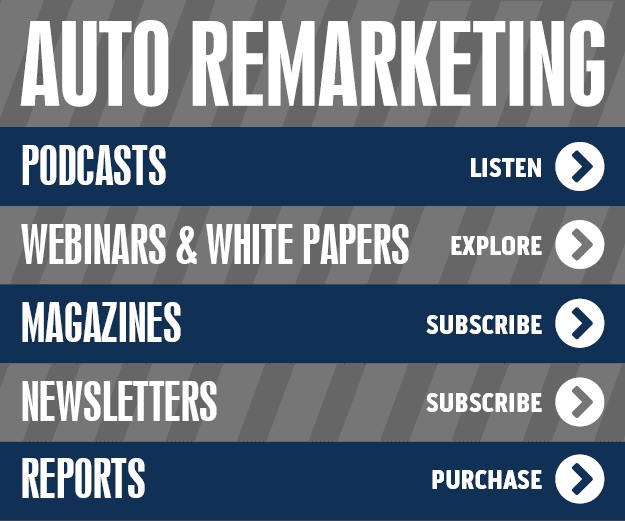CPO sales in May improve year-over-year, as used-car inventory stays steady

Used retail sales chart courtesy of Cox Automotive.
By subscribing, you agree to receive communications from Auto Remarketing and our partners in accordance with our Privacy Policy. We may share your information with select partners and sponsors who may contact you about their products and services. You may unsubscribe at any time.
With J.D. Power recently saying certified pre-owned vehicles are “again quietly emerging as an important strategic play for both automakers and their dealers,” the newest data from Cox Automotive showed the CPO sales market is making upward strides.
Cox Automotive estimated May’s CPO sales came in at 231,137, down only slightly from the strong April mark of 232,267 units. CPO sales in May were up 2.4% year over year, according to Cox Automotive tracking.
Year to date, analysts said CPO sales are running 3.5% higher compared to the same period last year.
Meanwhile, the used-car inventory level at both franchised and independent dealerships remains steady.
According to the Cox Automotive analysis of vAuto Live Market View data, used-vehicle inventory levels at the start of June dropped slightly month over month. Still, inventory was relatively flat compared to early June 2024.
As June opened, analysts indicated the total supply of used vehicles on dealer lots — franchised and independent — across the U.S. stood at 2.21 million units, down from 2.22 million units at the start of May but nearly unchanged from a year ago.
Subscribe to Auto Remarketing to stay informed and stay ahead.
By subscribing, you agree to receive communications from Auto Remarketing and our partners in accordance with our Privacy Policy. We may share your information with select partners and sponsors who may contact you about their products and services. You may unsubscribe at any time.
Cox Automotive said the retail used-vehicle sales pace was steady month over month in the most recent 30-day period.
Analysts determined used retail sales stood at 1.53 million vehicles in May, unchanged from the 1.53 million reported in April.
Following the run-up in March and the subsequent slowdown in April, used retail sales appear to be holding steady for the time being. Sales remain higher than in recent years, with a 4% increase compared to the previous year.
The Cox Automotive days’ supply is based on the estimated daily retail sales rate for the most recent 30-day period. Used vehicles had 43 days’ supply at the start of June, down one day from the upwardly revised level at the beginning of May and down two days compared to the same time last year.
“Days’ supply continues to be constrained, reaching its lowest level for this time of year since 2021 and three days below levels seen in 2019,” Cox Automotive said.
Analysts determined used retail prices didn’t change much but did drop slightly compared to May, following consecutive increases in the previous two months.
The average used-vehicle listing price dropped to $25,470, down from the revised $25,490 at the beginning of May, representing a 1% decrease compared to the levels observed a year earlier.
Cox Automotive acknowledged affordability remains a challenge for consumers, and the used-vehicle supply is more constrained at lower price points.
Analysts said used cars priced below $15,000 continue to show low availability, with only 31 days’ supply, five days lower than the same time last year and 12 days below the overall industry average.
The top five sellers of the month were listed at an average price of $23,779, almost 7% below the average listing price for all vehicles sold, according to Cox Automotive tracking.
Analysts added Ford, Chevrolet, Toyota, Honda and Nissan were the top-selling brands, accounting for 50% of all used vehicles sold.
“While used-vehicle inventory dipped slightly in May, the market remains remarkably stable,” said Scott Vanner, manager of economic and industry insights at Cox Automotive.
“Steady sales and a modest decline in listing prices suggest that consumer demand is holding firm — even as affordability challenges persist. The resilience we’re seeing, especially with strong performance from mainstream brands, underscores a healthy used-vehicle sector heading into summer,” Vanner continued.
“Our data next month will be a challenge, as the year-over-year comparisons will be significant as we mark the anniversary of a cyberattack that impacted sales and inventory reporting,” Vanner went on to say. “Be ready for some large year-over-year shifts, which will be more about data reporting than actual market shifts.”
The retail used-vehicle sales estimates are based on observed unit changes tracked by vAuto, a Cox Automotive brand specializing in inventory management.
The vAuto Live Market View database provides guidance on sales pace and volume over time. Full-year sales volume, based on registrations and other sources, is updated annually.


